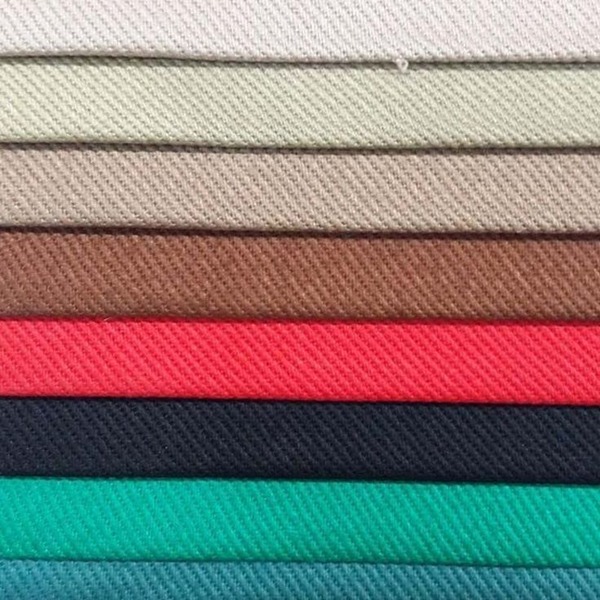Introduction
Twill is a popular type of textile weave characterized by a diagonal rib pattern. This pattern is achieved by passing the weft thread over one or more warp threads and then under two or more warp threads, with a “step” or offset between rows to create the characteristic diagonal pattern.
Key Features of Twill Fabric
- Diagonal Ridges: The most distinctive feature of twill fabric is its diagonal lines, known as ribs or wales, which give it a unique appearance and texture.
- Durability: Twill weaves are generally stronger and more durable than plain weaves due to their structure, making them ideal for heavy-use items.
- Wrinkle Resistance: Twill fabrics tend to wrinkle less than plain weaves, making them easier to maintain.
- Versatility: Twill can be made from a variety of fibers, including cotton, polyester, and wool, allowing for a wide range of applications.
Common Uses
- Denim: Perhaps the most famous example of twill weave, used in jeans and other sturdy clothing.
- Chinos: A type of twill fabric used in casual trousers.
- Tweed: Often used in jackets and coats, made from wool.
- Gabardine: A tightly woven twill, often used in suits and uniforms.
Conclusion
Twill is a versatile and durable fabric with distinctive diagonal patterns, used in a wide range of applications from casual wear to heavy-duty work clothing. Its strength, resistance to wrinkles, and unique appearance make it a popular choice in the textile industry.

